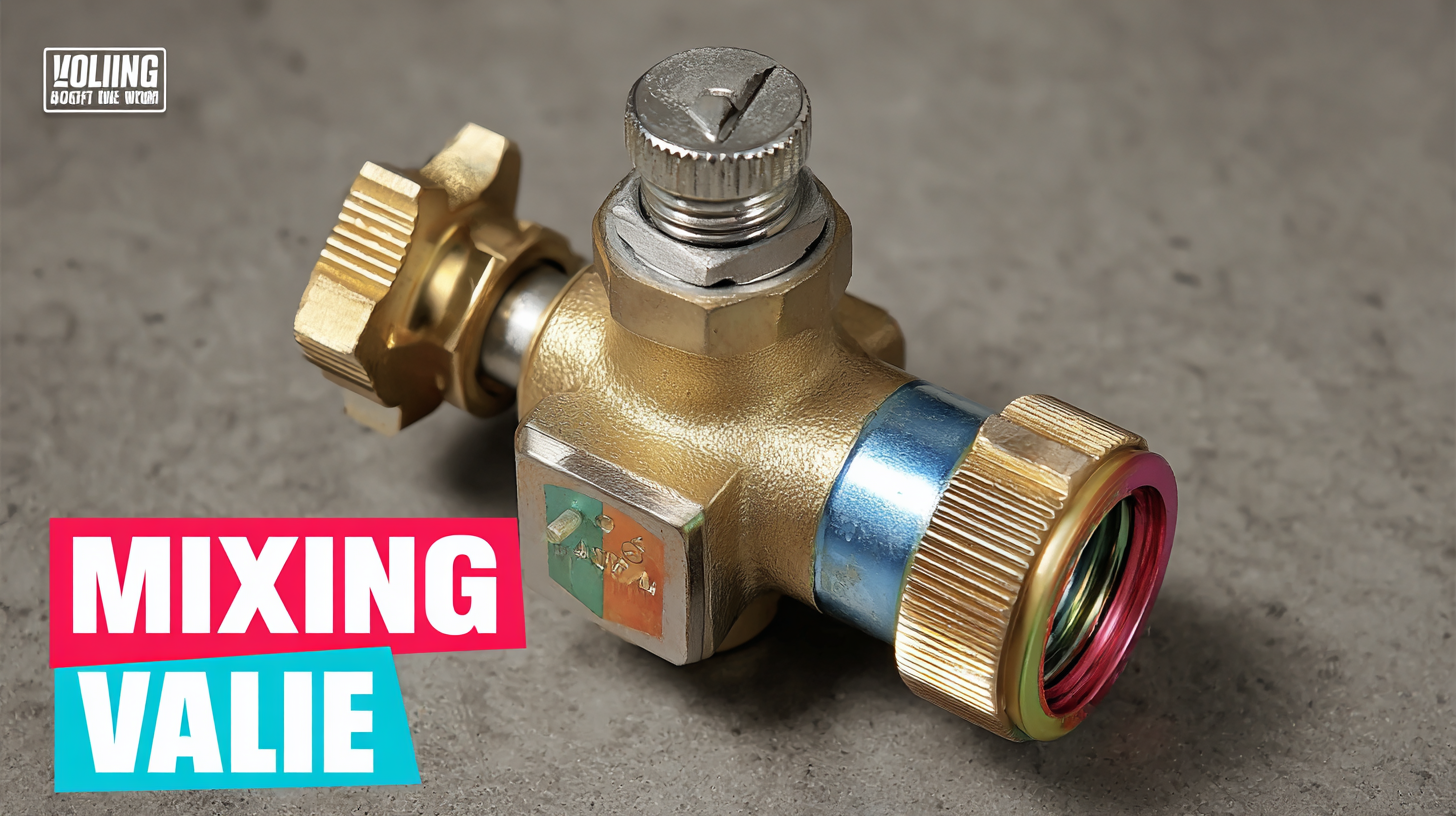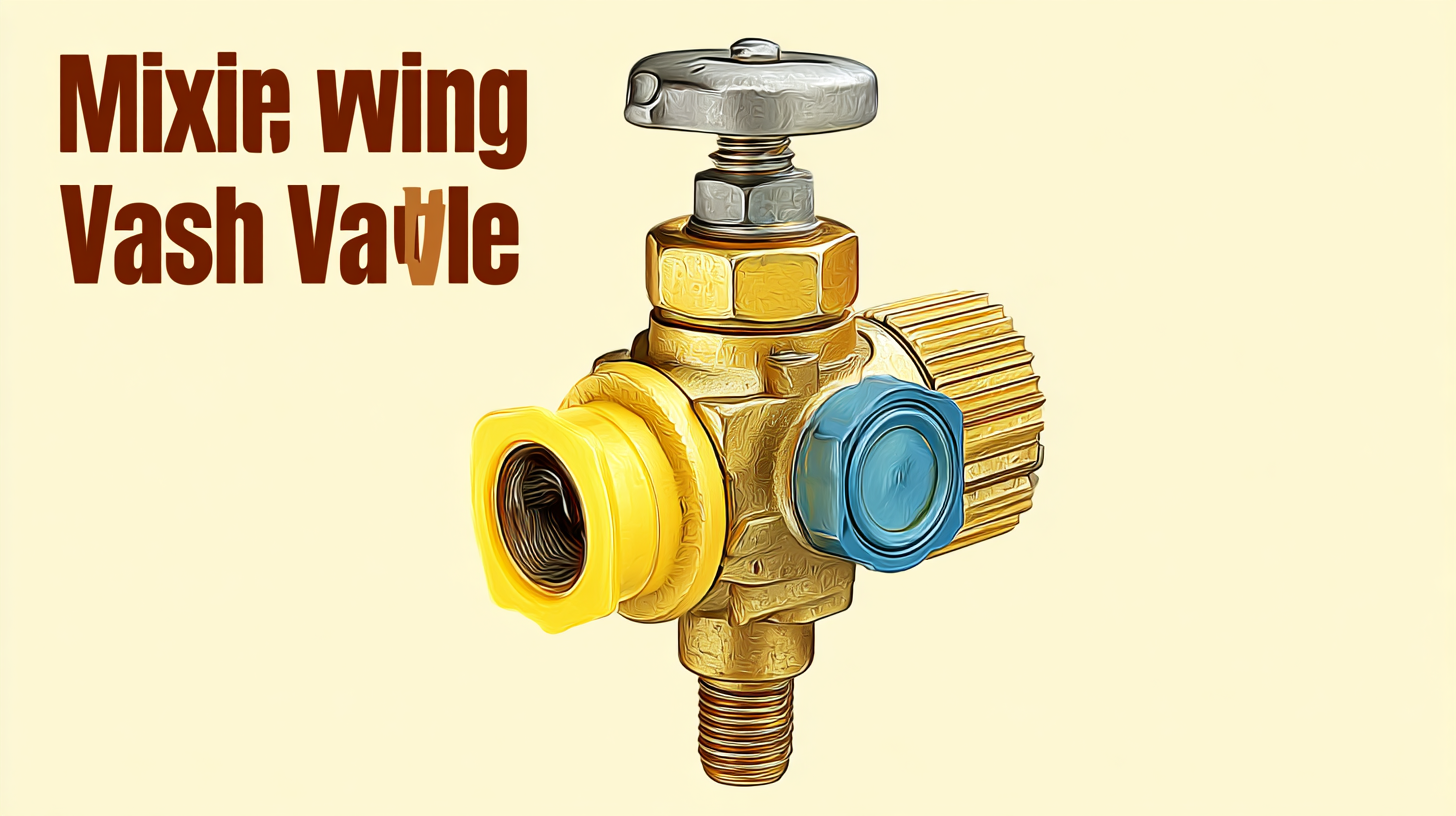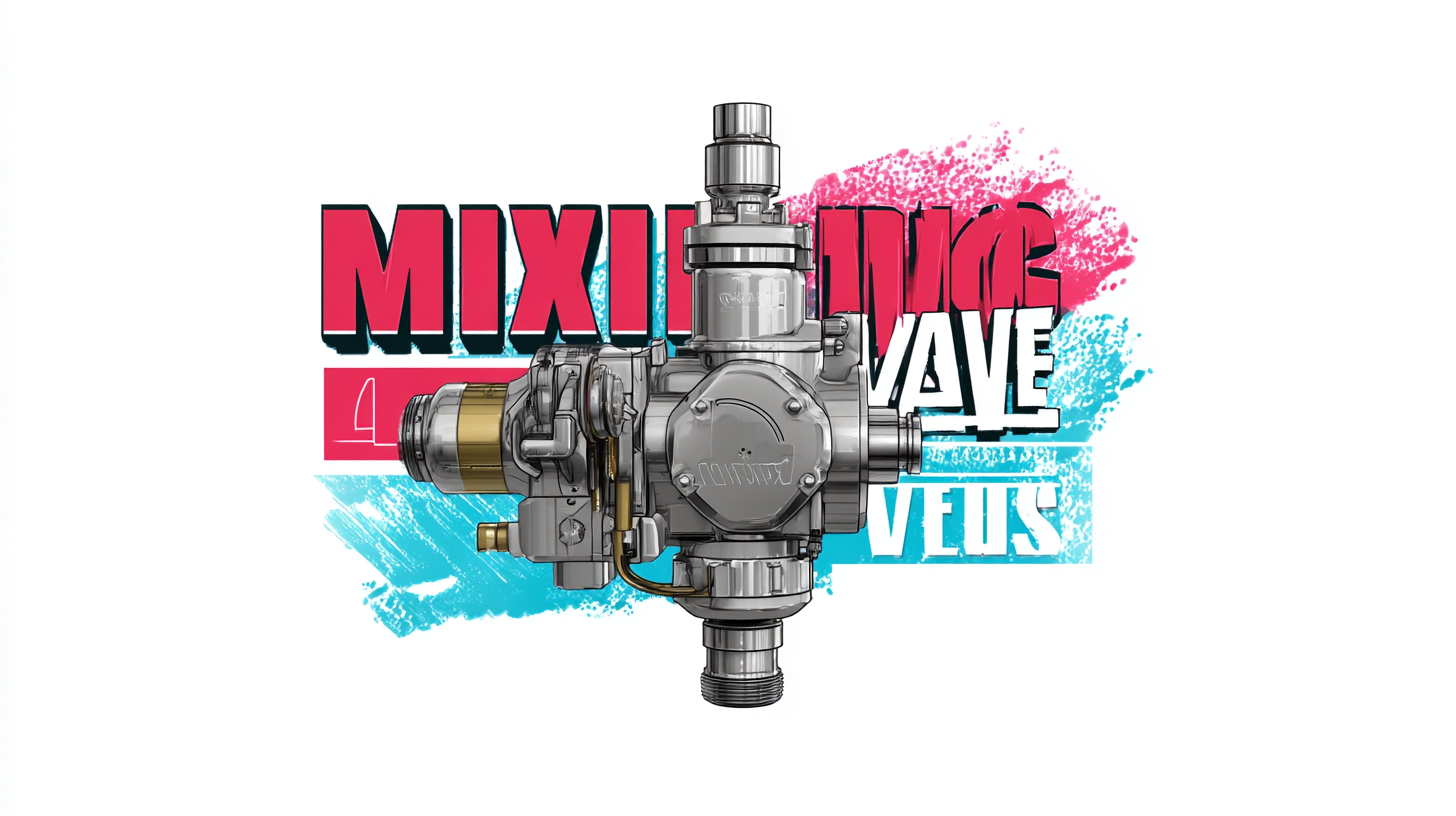In recent years, the importance of using a quality Mixing Valve for Feminine Wash has gained significant attention in both the healthcare and personal hygiene industries. According to a report by MarketsandMarkets, the global feminine hygiene market is projected to reach $42 billion by 2025, driven by increasing awareness of personal care and hygiene among women. A crucial component in this market is the mixing valve, which not only ensures optimal water temperature for sensitive applications but also enhances the overall user experience.

With proper technical specifications and tailored usage tips, selecting the best mixing valve can lead to improved comfort and safety. This guide will provide you with essential insights and a comprehensive checklist to help you choose the right mixing valve for your feminine wash needs, ensuring both effectiveness and peace of mind.
When selecting a mixing valve for feminine wash, it’s essential to focus on several key features that ensure both functionality and safety. First and foremost, consider the temperature control capabilities of the valve. It should provide precise regulation of water temperature to prevent any risk of burns or discomfort during use. Look for valves that have adjustable settings, allowing users to customize the temperature according to their personal preferences.
Another critical aspect to keep in mind is the material composition of the mixing valve. Opt for valves made from high-quality, non-corrosive materials like brass or stainless steel that can withstand frequent exposure to water without degrading. Additionally, easy installation and maintenance features should be prioritized. Many modern mixing valves come with user-friendly designs, making the setup process straightforward. This feature is particularly beneficial for those who prefer to avoid complicated plumbing tasks. Ultimately, choosing a mixing valve with these characteristics not only enhances the overall experience of feminine wash but also ensures safety and longevity.
This chart illustrates the average temperature settings for various feminine wash mixing valves, highlighting their optimal performance ranges.
When choosing a mixing valve for feminine wash, it's essential to understand the various types available, each coming with distinct advantages and disadvantages. For instance, thermostatic mixing valves are popular for their precise temperature control, which is crucial in medical and personal hygiene settings. According to industry reports, these valves can maintain water temperatures to within ±1°C, making them a reliable choice for delicate applications. However, their complex installation may be a drawback for some users.
On the other hand, pressure-balanced mixing valves are simpler in design and easier to install, making them appealing for home environments. However, they may not provide the same level of temperature accuracy; fluctuations can occur if there's a sudden change in water pressure. Research indicates that while these valves can regulate temperature effectively within a certain range, they might not always maintain comfort levels during usage, particularly in high-demand situations.
In summary, understanding the technical specifications and operational benefits of each type of mixing valve can significantly influence user experience in feminine wash applications. Evaluating these factors against personal needs ensures choosing the right valve for optimal performance.
When choosing the ideal mixing valve for feminine wash, understanding the technical specifications is essential for optimal performance. An effective mixing valve should have precise temperature control, typically ranging from 95°F to 105°F, ensuring comfort and safety during use. According to a report by the American Society of Plumbing Engineers (ASPE), a high-quality mixing valve can effectively maintain water temperature within ±2°F, which is crucial for preventing skin irritation and ensuring a soothing experience.
Additionally, look for a valve with a minimum flow rate of 0.5 GPM (gallons per minute) to ensure adequate water pressure and prevent fluctuations when using the wash. A study from the Plumbing-Heating-Cooling Contractors Association (PHCC) highlights that mixing valves with an anti-scald feature significantly reduce the risk of thermal shock, thereby providing an added layer of safety for users.
**Tip:** Regular maintenance of your mixing valve can enhance its longevity and performance. It’s recommended to check for any leaks or temperature inconsistencies every few months. Furthermore, consider investing in a valve with a built-in filtration system to minimize sediment buildup, which can affect water quality over time.

When it comes to maintaining your mixing valve for feminine wash applications, understanding its mechanics is crucial for optimal performance. According to the American Society of Plumbing Engineers (ASPE), proper installation and regular maintenance can significantly extend the lifespan of mixing valves, preventing issues such as temperature fluctuations that can affect user comfort. A well-maintained mixing valve not only enhances hygiene but also contributes to energy efficiency in plumbing systems, reducing water waste by up to 30%.
Regular inspection is essential; ASPE recommends checking and cleaning the strainer regularly to prevent debris buildup that could impede flow. Additionally, monitoring the valve's temperature balance is vital. The ideal temperature for feminine wash systems is between 95°F to 104°F, as studies show that maintaining this range minimizes the risk of irritation and promotes overall user satisfaction. Utilizing advanced mixing valves with built-in thermal protection can provide further assurance against accidental temperature swings, aligning with guidelines provided by the International Plumbing Code (IPC) that advocate for safety in designed plumbing fixtures.
| Feature | Specification | Usage Tips |
|---|---|---|
| Temperature Control | 34°C - 40°C (93°F - 104°F) | Regularly check the temperature settings to ensure comfort. |
| Flow Rate | 2.5 GPM (gallons per minute) | Adjust flow rate to control water pressure and save water. |
| Material | Brass / Stainless Steel | Inspect for corrosion regularly; clean with appropriate solutions. |
| Installation Type | Wall-mounted | Ensure proper sealing to avoid leaks during installation. |
| Maintenance Frequency | Every 6 months | Schedule maintenance to ensure optimal performance and longevity. |
As we look forward to 2025, significant advancements in mixing valve technology are set to reshape the landscape of feminine hygiene products. One of the most anticipated trends is the integration of smart features in mixing valves. These innovations are expected to enable users to customize their washing experience more precisely, adjusting water temperature and flow rates through mobile applications. This level of personalization not only enhances comfort but also promotes better hygiene management, catering to evolving consumer preferences for high-tech, health-conscious solutions.

Moreover, sustainability will play a pivotal role in the development of mixing valves. Increasing awareness of environmental issues is likely to drive manufacturers toward eco-friendly materials and energy-efficient designs. As companies innovate to create valves that reduce water wastage while maintaining performance standards, we can expect to witness a continued commitment to sustainability in the feminine wash market. By 2025, the marriage of smart technology and ecological responsibility will not only improve user experiences but also contribute to a more sustainable future in personal hygiene products.
